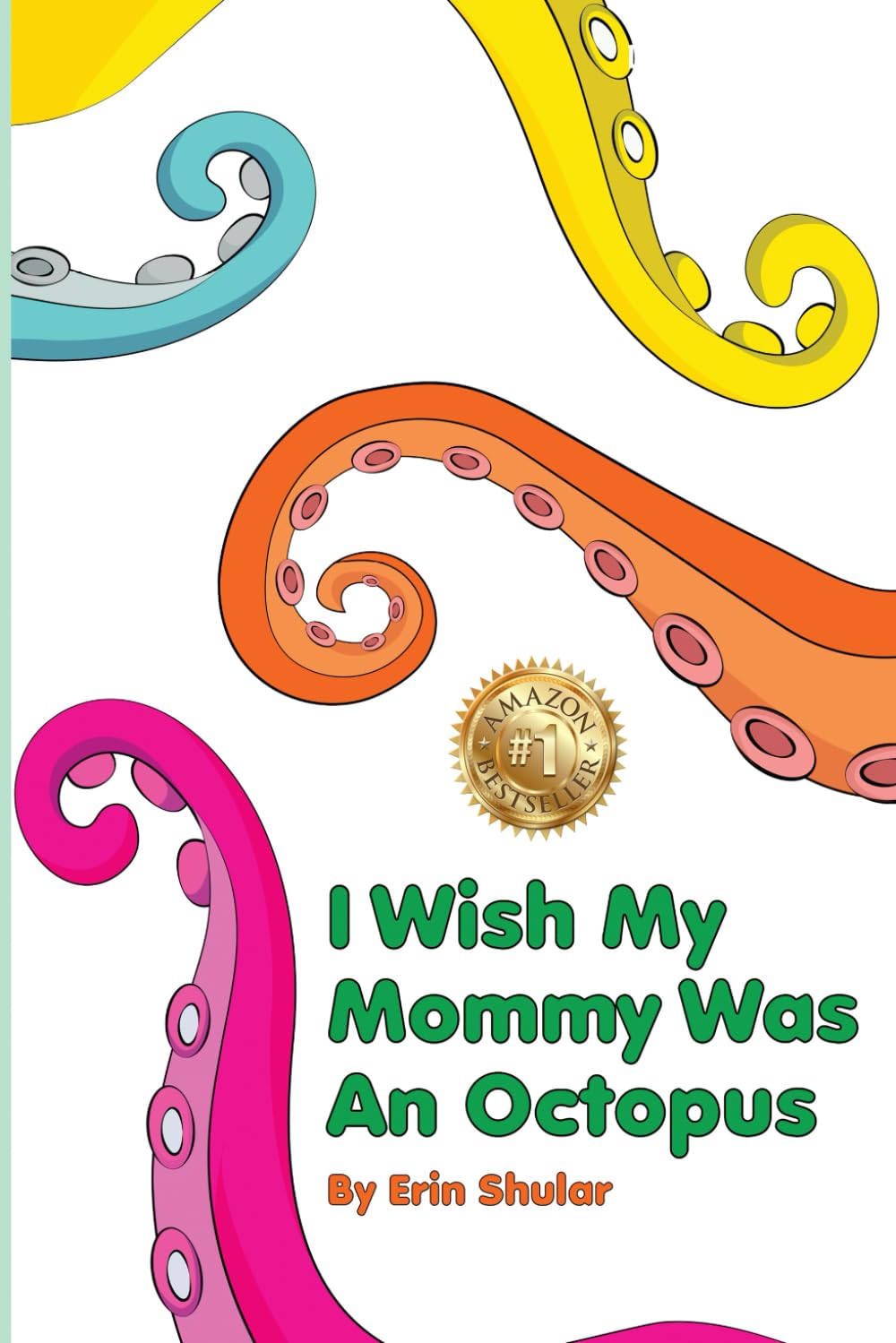When Children Create Fantasies to Feel Safe: What to Look For
Have you ever seen your child talking to invisible friends, pretending to be someone else for days, or creating elaborate imaginary worlds? While it may seem like harmless play, and often it is, sometimes, children create fantasies to feel safe when their real world feels too uncertain, stressful, or out of control.
Fantasy isn’t just fun for kids. It can be a protective layer, a way to process fear, sadness, loneliness, or change. And when we begin to understand the why behind their stories, we can better support what they truly need.
Fantasy Is a Comfort Zone
When children face things they don’t understand, like a divorce, bullying, moving to a new place, or just big emotional changes, they may turn to fantasy for comfort. In these made-up worlds, they get to make the rules, choose the endings, and feel safe in a space they control.
A talking animal who always listens. A magical power that lets them protect others. A secret world where everything makes sense.
These are more than stories, they’re survival tools. They give children space to process what they can’t quite say out loud.
Signs It’s More Than Just Play
Not all fantasy is a cry for help. In fact, imagination is a healthy and important part of childhood. But here are some signs it might be more emotional than recreational:
- The fantasy is repetitive or rigid (same storyline over and over)
- The child becomes distressed if interrupted
- They rely on it to self-soothe or escape regularly
- It’s replacing most real-world interactions
- Themes reflect anxiety, fear, or loss
If you notice these signs, it doesn’t mean something is wrong, it just means something needs attention.
How to Respond with Curiosity, Not Control
You don’t need to “fix” their fantasy. Instead, step into it gently.
- Ask open questions: “What happens next in your story?” or “What does your dragon friend help you with?”
- Validate the emotion behind the idea: “It sounds like he helps you feel brave.”
- Offer presence, not pressure: Let them know you’re here and listening, even if they’re talking through a character.
Fantasy becomes healing when a child feels safe both in their pretend world and the real one.
A Story That Reflects This Need
In Erin Shular’s heartfelt children’s book, I Wish My Mommy Was an Octopus, a child wishes for a mother with eight arms, one to cook, clean, play, and snuggle all at once. It’s imaginative and sweet, but also deeply honest.
This fantasy isn’t just cute, it reveals a longing for more connection, more attention, more time. It’s a gentle reminder that even silly wishes come from very real feelings.
This story is a powerful tool for starting conversations with your child about their needs, in a way that feels safe, soft, and familiar.

Final Thoughts: Meet Them in Their World
When children create fantasies to feel safe, they’re showing us something vulnerable in the only way they know how. Instead of asking them to “snap out of it,” we can ask ourselves: What are they trying to work through?
Imagination isn’t a problem to be solved, it’s a language to be translated. And when we take time to listen between the lines, we show our children that their feelings matter, whether they’re wrapped in capes, castles, or invisible friends.
Order your copy of “I Wish My Mommy Was an Octopus” by Erin Shular today, and explore a story that helps children feel safe, seen, and supported, just as they are.

